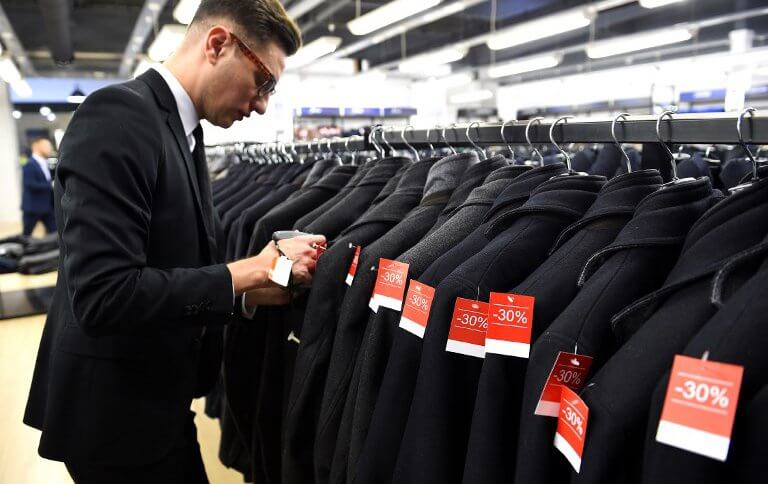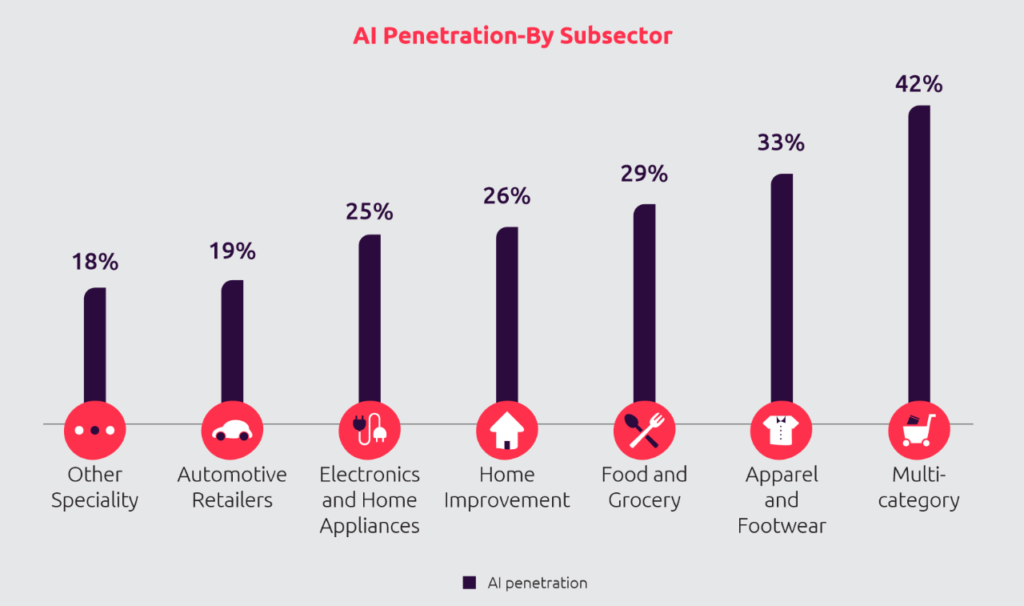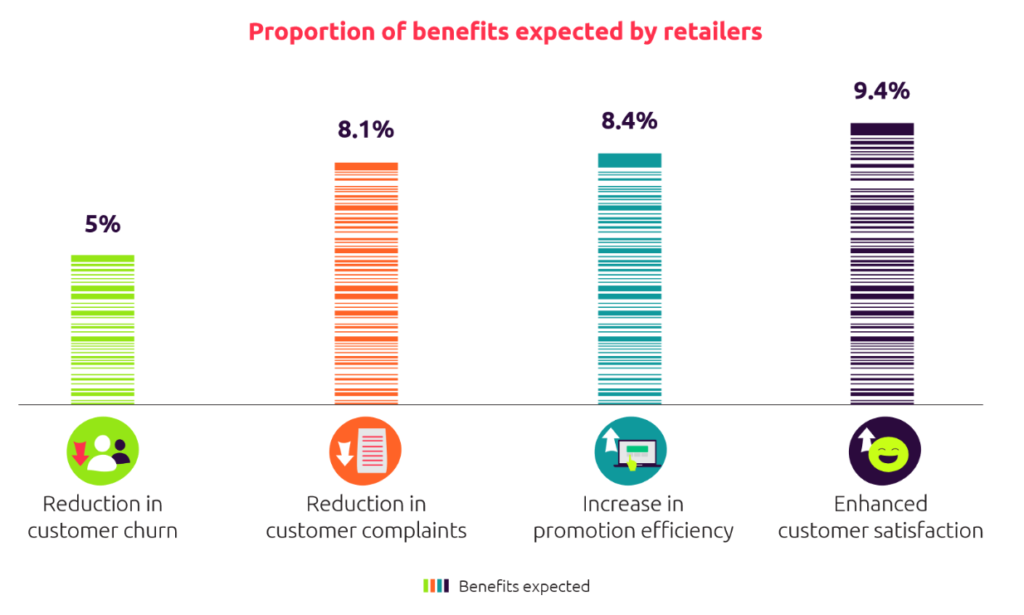AI in retail could lead to US$339 billion in cost savings

2018 was a tumultuous year for the retail industry to say the least.
Online retailers like London-based ASOS suffered, with more than US$1.25 billion wiped out from its market capitalization from the economic uncertainty and weak confidence in sales.
But here is where things get interesting. According to industry press, researchers at consultancy Capgemini said that a wider deployment of artificial intelligence (AI) could be the solution towards improved growth.
Implementing AI across procurement, supply chain, logistics, returns and in-store “pilferage” could generate at least US$339 billion in cost savings.
With analysts expecting global annual spending on AI by retailers to hit US$7.3 billion by 2022, AI tools that will enable them to differentiate themselves through personalized services will boost the customer experience (CX).

AI penetration in various vertical industries. Source: Capgemini
Retailers are looking towards AI to for optimized pricing and discounting, as well as demand forecasting, according to research author Nick Maynard.
AI-backed demand forecasting is rapidly becoming a major tool for retailers. In some cases, shopping days like Black Friday, make understanding customer demand and correct planning more important than ever.
The VP of Applied Research at eBay, Tom Pinckney, one of the respondents in the report, said that AI and ML are driving incremental sales that would not have otherwise happened.
Companies like Tesco are incorporating machine learning algorithms, from customer-facing functions to operational demands, whilst setting up centralized data models to overlay their AI deployments as well.
Even Walmart is investing significantly in high-level graphical processing units (GPU) to power AI algorithms. Capgemini elaborates that, Ocado, an online supermarket in the UK, is licensing its automation technology and equipment too.
Apparently, in its warehouses in the UK, there are thousands of robots that assist with picking groceries out of storage and complete up to 65,000 orders a week.

Benefits expected by retailers. Source: Capgemini.
The consultancy goes on to say that AI is being used in apparel and footwear to personalize customer engagement and product searches.
Assortment rationalization, pricing decisions, advanced demand planning, predictive logistics network management, visual inspection of warehouse assets and category optimization are still areas that AI has yet to tap into, according to the researchers.
YOU MIGHT LIKE

Was 2018 the year that retail tech stood still?
Nonetheless, the Juniper Research does state that there is an overestimation to the popular narrative that retail businesses are dying.
“While consumers are open to buying certain items online, particularly goods such as books, music and video games, which are often at more competitive prices than in-store, many consumers prefer to see the item they are buying,” noted Juniper. “This is particularly true in the clothing, furniture, and grocery segments.”









